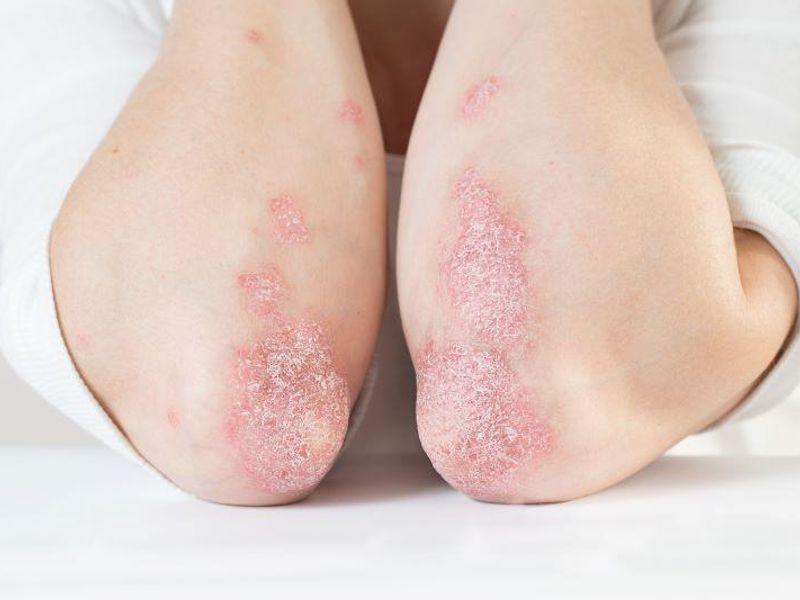Mexameter erythema readings are a good representation of skin oxygenated hemoglobin, but not deoxygenated hemoglobin
THURSDAY, June 16, 2022 (HealthDay News) — A diffuse reflectance spectroscopy (DRS) method can quantify skin barrier function and hemoglobin concentration, thereby improving severity evaluation in psoriasis vulgaris, according to a study published online May 6 in Scientific Reports.
Noting that researchers utilize instruments that measure transepidermal water loss and skin capacitance to investigate skin barrier function and assess severity in psoriasis vulgaris, Chao‑Kai Hsu, M.D., Ph.D., from the National Cheng Kung University Hospital in Tainan, Taiwan, and colleagues used a custom-built DRS system, shown to be able to determine the skin water-protein binding status and the hemoglobin concentration, and performed cross-validation of DRS measurement results with readings derived from the Courage + Khazaka Corneometer and Mexameter and Psoriasis Area and Severity Index (PASI) scores.
The researchers found that the Mexameter erythema readings were a good representation of skin oxygenated hemoglobin but not deoxygenated hemoglobin. However, the dermatologists in this study were inclined to rate the “erythema” category with higher scores as the level of the skin deoxygenated hemoglobin was higher. Consequently, Mexameter-derived erythema readings may not be concordant with the PASI erythema scores. There were good correlations for the Corneometer-derived skin capacitance readings with the PASI “desquamation” and “thickness” scores; the PASI “desquamation” assessment was a dominating factor that contributed to the DRS-deduced water-protein binding status.
“We conclude that the DRS method can provide quantitative evaluation of skin barrier function and hemoglobin concentrations and thus could be an additional valuable tool to the current skin capacitance/erythema measurement systems and the PASI scoring system,” the authors write.
Copyright © 2022 HealthDay. All rights reserved.








